Introduction to the flavor characteristics of Ethiopian coffee Uraga Wulaga coffee TOH washed champion coffee beans
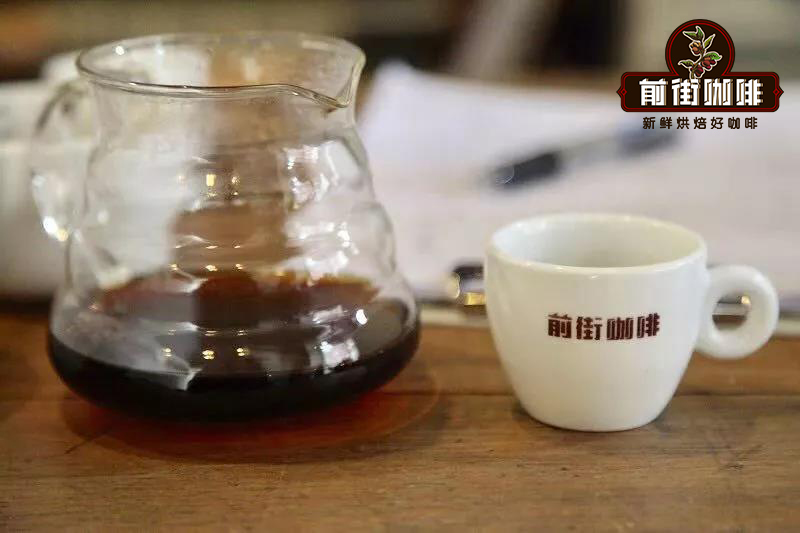
Professional coffee knowledge exchange more coffee bean information please follow the coffee workshop (Wechat official account cafe_style)
Ethiopia is an important boutique coffee producing country in the world, and its famous boutique coffee producing area Yega Xuefei is well-known. In recent years, Ethiopia has several boutique coffee producing areas similar to "Yega Xuefei". This is the case in Wulaga, the sub-production area of Guji production area. Today, Qianjie came to the store with a kind of Wulaga coffee bean, which won the champion of the washing group in the 2019-2020 TOH raw bean test contest.
What is TOH?
TOH, whose full name is "East Africa Taste of Harvest Competition" (East Africa Flavor Competition), is a coffee raw bean cup test competition sponsored by the African Fine Coffee Association (AFCA) and held by 12 coffee producing countries in Africa, similar to the COE raw bean cup test competition led by Brazil.

The process of the TOH competition is as follows: in the preliminary stage, the batches of the cup test less than 80 points are eliminated, and the highest quality raw beans from each region are gradually selected to enter the national competition, and then the domestic and international judges use the standards of the American Fine Coffee Association (SCAA) to test and score the cup. the one with the highest score is the annual national champion. Wulaga stood out as the champion of the TOH washing group in 2020 with a score of 89.8.
Champion Dou Wulaga
This coffee bean comes from the sub-production area of Wulaga (Uraga), which is a well-known production area in Ethiopia. The Guji producing area originally belongs to the Sidamo producing area, but it is independent because it has the same unique flavor as Yega Sheffield, and this producing area also produces a lot of famous coffee. For example, the Sakuran series that we often drink comes from Humbera, the sub-region of the Guji producing area.
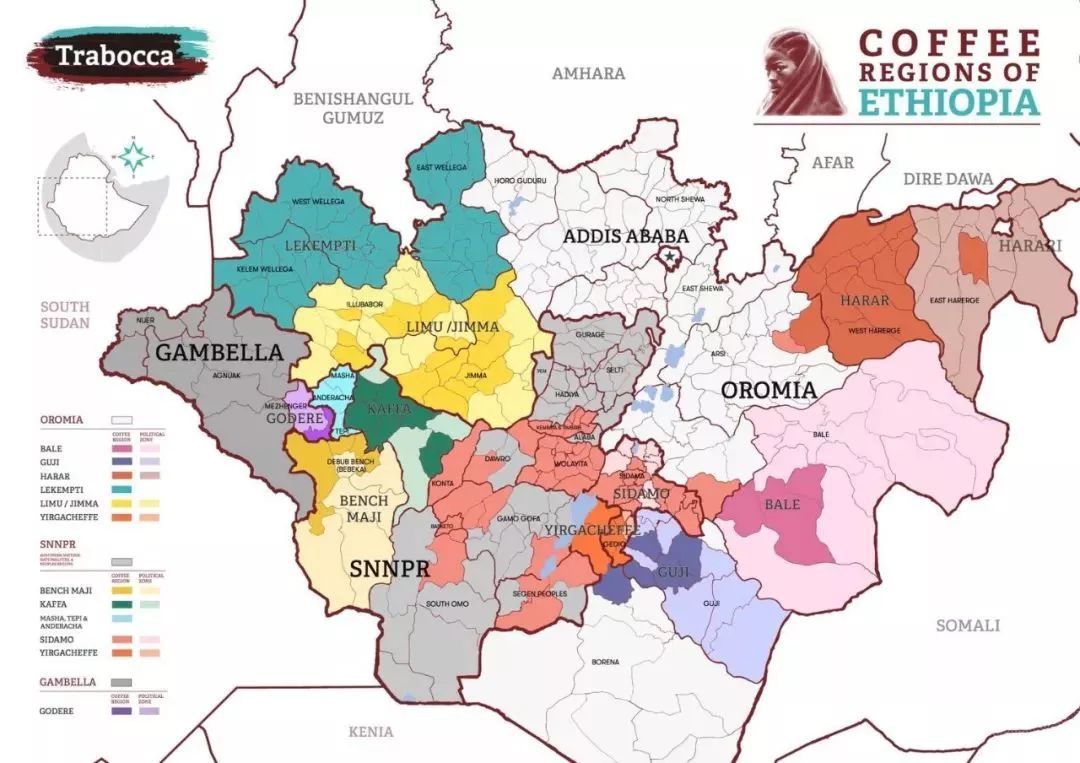
Wulaga is a sub-producing area in the Guji producing area, with an altitude of 2300m. Although the town of Wulaga is located in the Guji producing area, it is geographically closer to the high mountain area of Yega Xuefei at an altitude of 2200m. The geology of the area belongs to the nutrient-rich black soil (Vertisol), the surrounding trees are shady, and several mountains create a perfect environment for high-quality coffee, and the beans in this area are very rich in fruit aroma and very sour.
Treatment plant and treatment mode
This champion bean is washed by the Sela Gajaba washing treatment station. The processing station, located 12 kilometers outside the town of Wulaga, is one of the best processing stations in Wulaga. The treatment process at the treatment station is almost done indoors, thus minimizing the chance of coffee beans being contaminated.
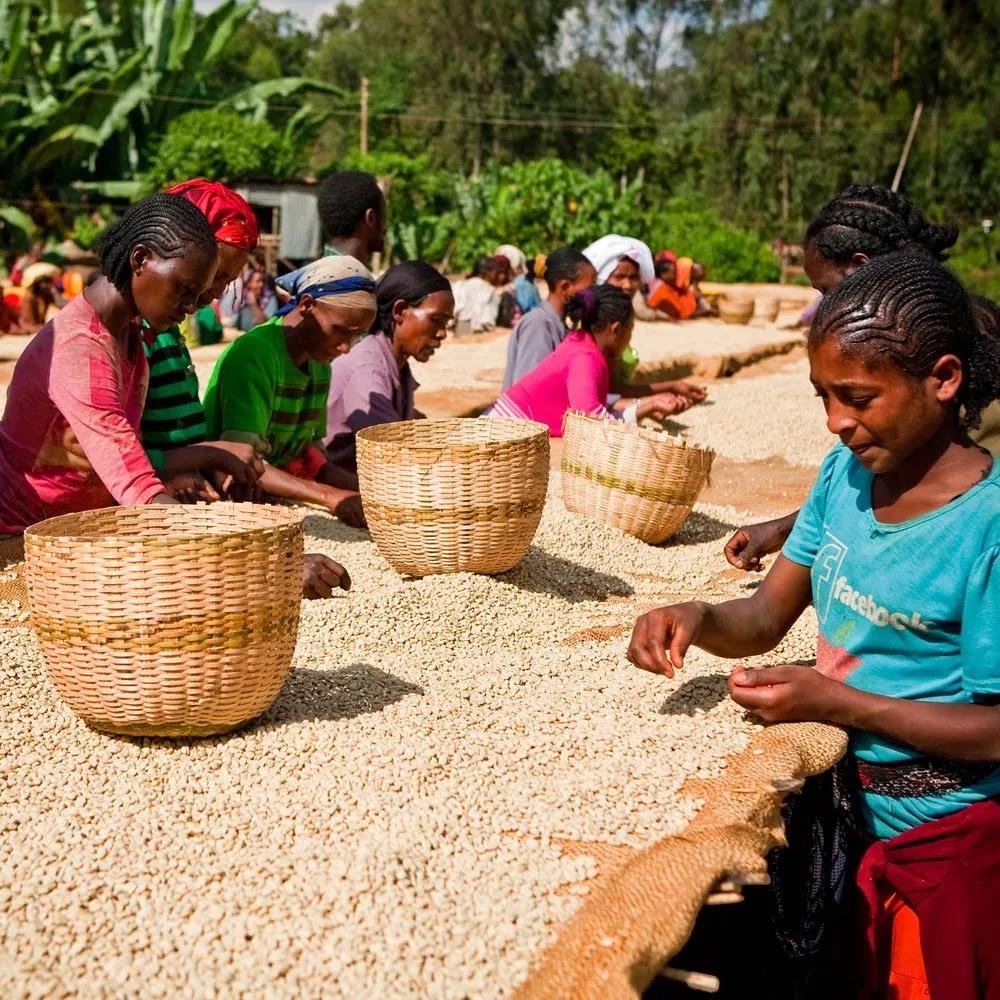
The freshly picked coffee fruit is screened through two processes, and the all-red and flawless coffee fruit is selected, and then the peel and flesh are removed. Put the raw coffee beans with residual pectin into the water and let them ferment for about 18-36 hours; after fermentation, wash the raw coffee beans with parchment in a flow tank to remove the pulp and pectin; after washing, dry the coffee beans or dry them with the help of a dryer to reduce the moisture content to about 12%. Finally, remove the parchment of raw coffee beans.
The coffee treated in this way has the traditional floral, citrus and tea taste of Ethiopian coffee. It adds a lot of cleanliness.
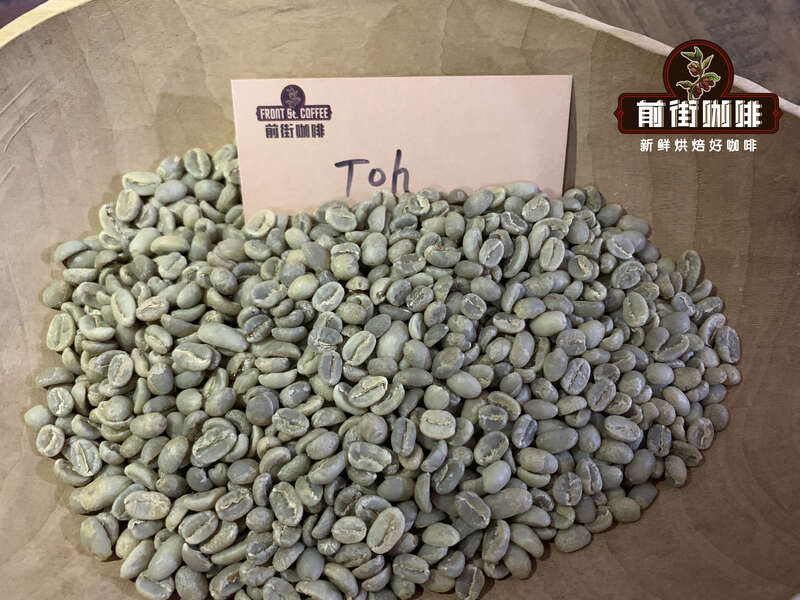
Roasting Analysis of Qianjie Coffee
The roaster of Qianjie Coffee believes that as a washed champion bean, it is necessary to retain its clean taste, highlight the flavor of white flowers and fruits, and finally determine the following baking curve by slightly adjusting the duration of the dehydration period and the burst time.
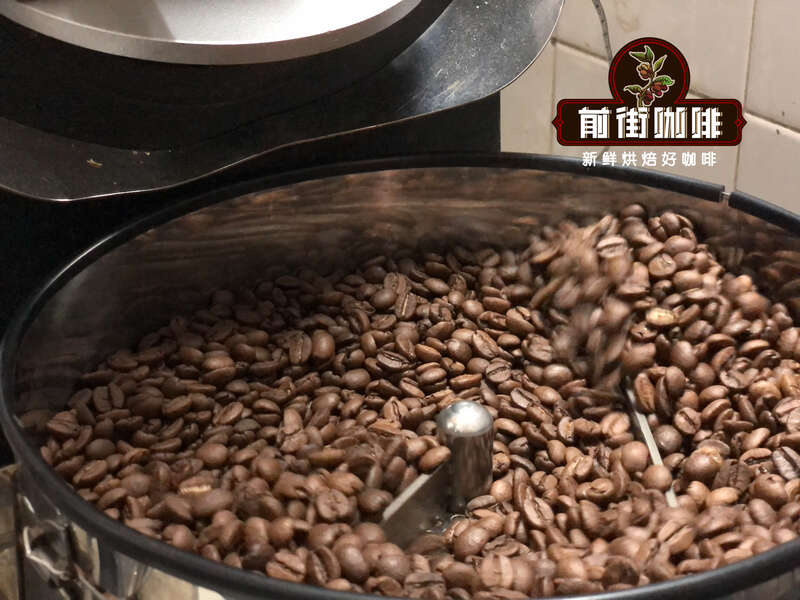
The baker in Qianjie adopts Yangjia 800N (300g baking capacity): the furnace temperature is 180℃, the firepower is 130g, the throttle is opened 3; the temperature recovery point is 36 ", when the furnace temperature is 140℃, the throttle is opened to 4, the firepower is unchanged; when the furnace temperature is 151℃, the bean table turns yellow, the smell of grass disappears completely, entering the dehydration stage, the firepower drops to 110mm.
The smell of toasted bread has obviously changed to the smell of coffee, which can be defined as a prelude to an explosion. At this time, it is necessary to listen carefully to the sound of the explosion point. The sound of the explosion point starts to explode when the air door does not open to 5. After an explosion, the development of the bean surface will be changed to 1 hour, and the 193.2 ℃ will be put into the pot.
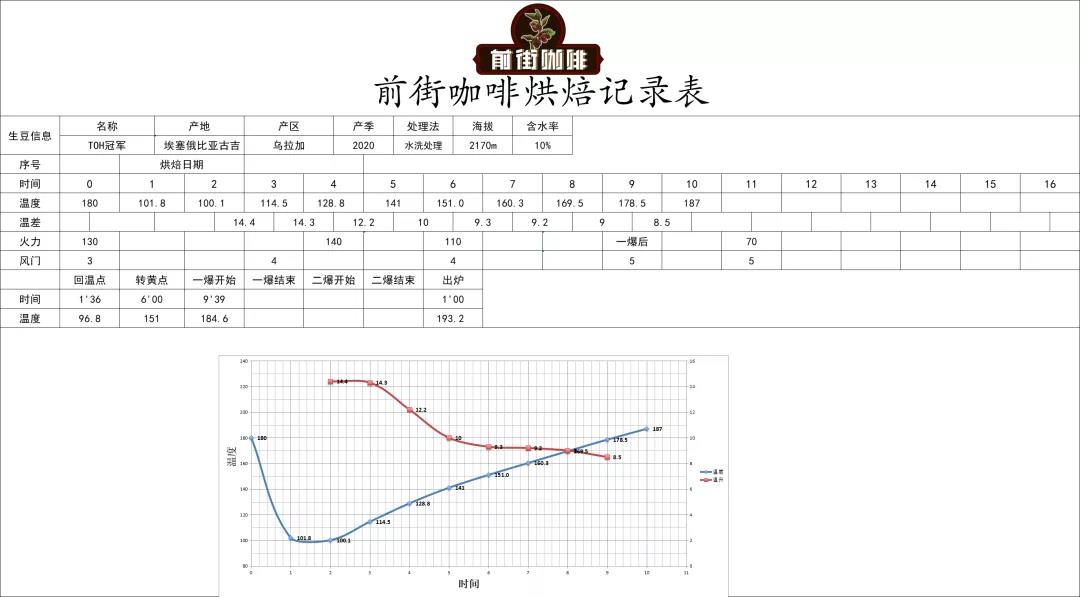
Coffee cup test report on Qianjie
Qianjie Coffee will be tested within 8-24 hours after the beans are roasted. The barista in front street uses the 200ml standard cup to test the bowl. The pass rate of the standard sieve 20 is 70% Mel 75%, the powder quantity is 11.1g, and the water temperature is 94 ℃. First grind and smell the dried incense, then fill the bowl with water. Confirm the wet incense, break the residue and pick up the residue after 4 minutes to taste the flavor.
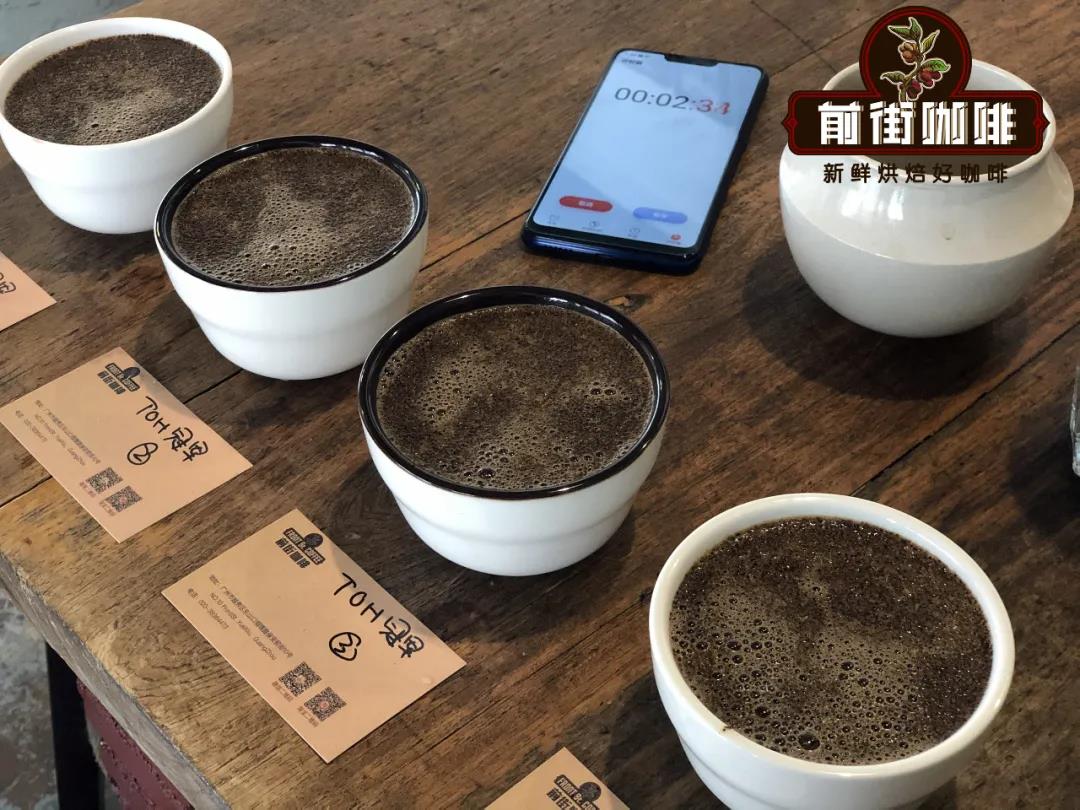
Dry fragrance: flower fragrance
Wet fragrance: citrus
Flavor: Jasmine, lemon, berries, grapefruit, honey, green tea
Sharing of coffee brewing parameters in Qianjie
In the front street, the flavor of this Ethiopian coffee bean is jasmine, lemon, berry, grapefruit, honey and green tea.
The Qianjie barista decided to highlight the jasmine aroma, grapefruit, honey and green tea of this coffee. Use the following cooking parameters:
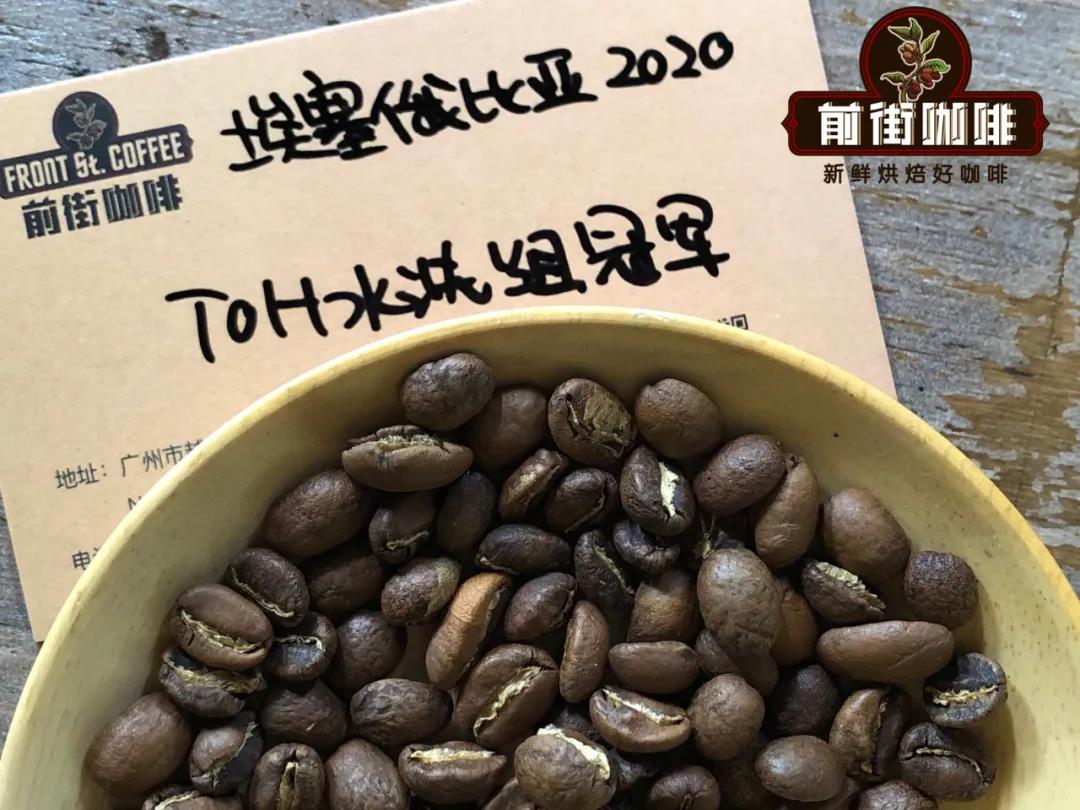
Also take 15 grams of coffee powder as an example, through the brewing test, Qianjie found that this coffee is prone to astringency after being soaked for a long time, so the final grinding degree chooses the normal hand grinding degree to be on the rough side, and the passing rate of the No. 20 standard sieve is 70%.
Using 1:16 ratio of cooking powder to water, enlarging the ratio of powder to water can highlight the fragrance of flowers and fruits. The water temperature is 91 ℃, which is very suitable for brewing Ethiopian coffee beans, which is easy to highlight the tonality of fruits such as citrus.
Cooking method
This time, we also use the three-stage brewing of Qianjie. First, preheat the coffee pot and filter cup, pour in 15g coffee powder and gently pat flat. Inject 30 grams of water for steaming for 30 seconds, it is not recommended that the steaming time is too long, it is easy to feel astringent.
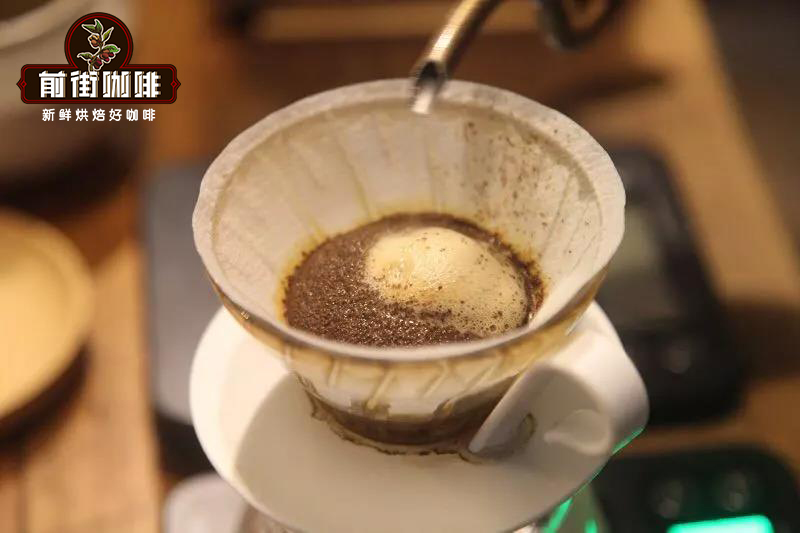
In the second stage, 120 grams of water is injected outward around the concentric circle in the center, and the injection time is about 1 minute. When the powder bed is about to be seen, the last section is injected, 90 grams of water is injected in the same way, and the filter cup is removed after all the water flows into the lower pot. Finish the extraction, and the cooking time is 2 minutes 05 seconds.
Brewing flavor description: the wet fragrance has a hint of jasmine and citrus aromas. you can feel citrus-like fruit juice in the front, honey grapefruit tea in the middle and back, and oolong tea in the aftertaste.
For more boutique coffee beans, please add private Qianjie coffee on Wechat. WeChat account: kaixinguoguo0925
Important Notice :
前街咖啡 FrontStreet Coffee has moved to new addredd:
FrontStreet Coffee Address: 315,Donghua East Road,GuangZhou
Tel:020 38364473
- Prev
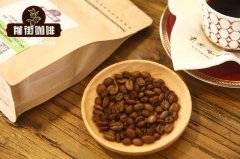
Introduction to the flavor and taste of yellow honey micro-batch coffee beans in Aceh province, Sumatra, Indonesia
Professional coffee knowledge exchange more coffee bean information please follow the coffee workshop (Wechat official account cafe_style) Indonesia Sumatra Aceh province plus young area special customized single micro batch (Indonesia Sumatra Gayo Yellow Honey) (medium roast # 3) flavor description: tropical fruit notes, spices, rye, melon, creamy, brown sugar tail, black tea, round taste
- Next
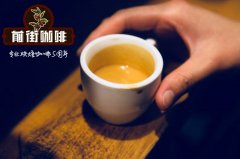
Description of Flavor characteristics of Vivette Nan Fruit Coffee in Guatemala
Vivette Nanguo is an important coffee town in the northwest. Since ancient times, Antigua and Antigua are two important coffee producing areas in Guatemala. Because of their meticulous citrus acid and special chrysanthemum tea flavor, most of the coffee is grown by local residents. Rio Azul Blue River is located in the remote town of Jacaltenango, a cooperative of 186 members, all living in Vivette.
Related
- Detailed explanation of Jadeite planting Land in Panamanian Jadeite Manor introduction to the grading system of Jadeite competitive bidding, Red bid, Green bid and Rose Summer
- Story of Coffee planting in Brenka region of Costa Rica Stonehenge Manor anaerobic heavy honey treatment of flavor mouth
- What's on the barrel of Blue Mountain Coffee beans?
- Can American coffee also pull flowers? How to use hot American style to pull out a good-looking pattern?
- Can you make a cold extract with coffee beans? What is the right proportion for cold-extracted coffee formula?
- Indonesian PWN Gold Mandrine Coffee Origin Features Flavor How to Chong? Mandolin coffee is American.
- A brief introduction to the flavor characteristics of Brazilian yellow bourbon coffee beans
- What is the effect of different water quality on the flavor of cold-extracted coffee? What kind of water is best for brewing coffee?
- Why do you think of Rose Summer whenever you mention Panamanian coffee?
- Introduction to the characteristics of authentic blue mountain coffee bean producing areas? What is the CIB Coffee Authority in Jamaica?

